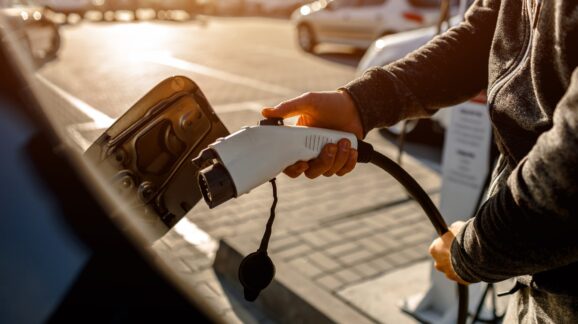Costlier cars help the poor, according to EPA

Photo Credit: Getty
There is plenty of controversy surrounding EPA’s proposed new tailpipe and greenhouse gas emissions rules for model year 2027-2032 vehicles, ranging from whether the agency legally can promulgate a rule skewing the new car and truck market towards costlier electric vehicles (EVs) to whether they should do so. For its part, the agency includes a very rosy analysis, begrudgingly conceding (but likely understating) higher sticker prices for new vehicles but claiming net lifecycle savings due to lower operating costs. Perhaps most reality-challenged of all is EPA’s environmental justice analysis suggesting the proposed rule would deliver net benefits for low-income communities.
As with other Biden administration environmental rules, EPA’s discussion of environmental justice impacts is entirely one-sided, asserting disproportionate environmental benefits for minority and low-income communities but ignoring disproportionate costs. Here, the agency states the proposal will deliver extra protections to the struggling communities it claims are especially vulnerable to the threat of vehicular pollution and climate change. But nowhere does it acknowledge the disproportionate costs of these measures, and in particular the impact of higher vehicle prices on those least able to afford them.
Obviously, low-income households would have the greatest difficulty handling higher new car prices (as well as for used cars, which would go up in tandem). Less obvious but just as true is the reality that such households sacrifice the most if they no longer have a car of their own.
Those who can’t afford a car must rely on public transportation to get to work. This greatly limits the universe of available jobs to those reachable by bus or train within a reasonable commute time. Without a car, workers may have to pass up the most promising career opportunities for something more conveniently located. Some may have to turn down promotions that require longer work hours not compatible with bus or train schedules. Lack of a car likely means having to forego first or second jobs in the gig economy. And in some cases, it can lead to avoidable unemployment. Note that the impediments of not having a car are heightened by the fact that low-income workers are more likely to live in economically depressed neighborhoods that are a considerable distance from the best job opportunities.
Overall, personal mobility and upward mobility are closely connected, but EPA has little to say about it in the proposed rule.
Beyond employment issues, not being able to afford a car is particularly hard on low-income families. Shuttling kids to school and activities, medical appointments, and the like becomes infinitely more difficult – and costly – without a vehicle.
Further, the proposed rule’s de facto shift towards EVs is especially impractical for low income households. Once again, EPA’s discussion is quite slanted, pointing to tax credits for such vehicles, highlighting the lower fuel costs (electricity versus gasoline), and speculating that EV prices may drop significantly in the years ahead. In reality, new EVs sell for up to $18,000 more than gasoline-powered vehicles, and past predictions of price parity have yet to come true.
The higher purchase price of an EV is prohibitive enough, but it is only part of the story. Fully one-third of American households are single-vehicle households, including many low-income ones. However, the limitations of EVs make them impractical as a household’s one and only vehicle. This includes long charging times (especially inconvenient for renters who are less likely to be able to charge at home) as well as limited range. Indeed, nearly 90 percent of EVs currently in use are part of wealthier multi-car households that include one or more gas-powered vehicles. Thus, the EV agenda not only involves the higher sticker price relative to gasoline-powered vehicles, but also the additional cost of a conventional vehicle to back it up.
All things considered, the economic reality of EPA’s proposed rule is wildly out of touch with the needs of struggling families who live in so-called environmental justice communities, but this reality is absent from the agency’s analysis.
Donna Jackson is the Director of Membership Development for Project 21, one of the nation’s oldest Black conservative think tanks.